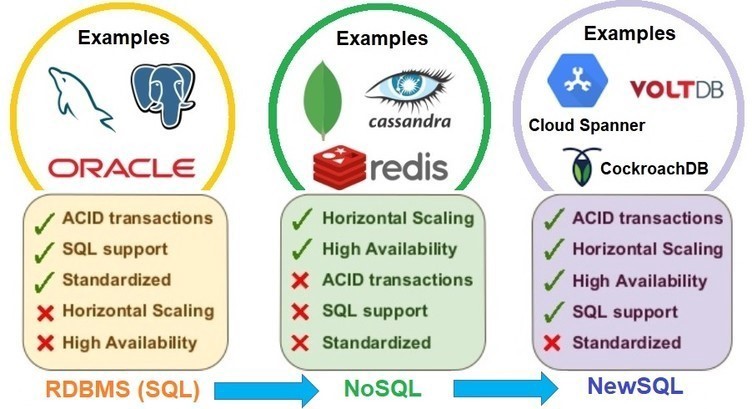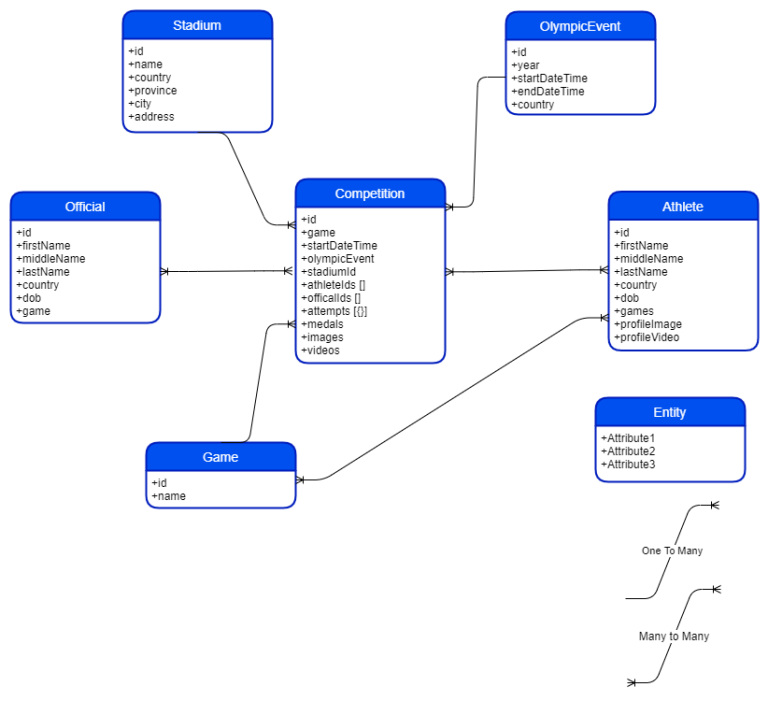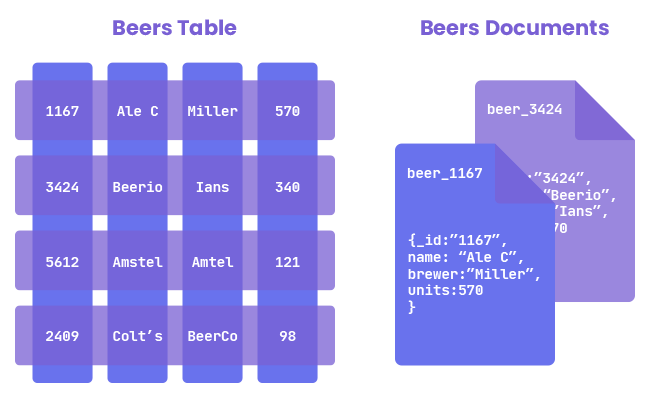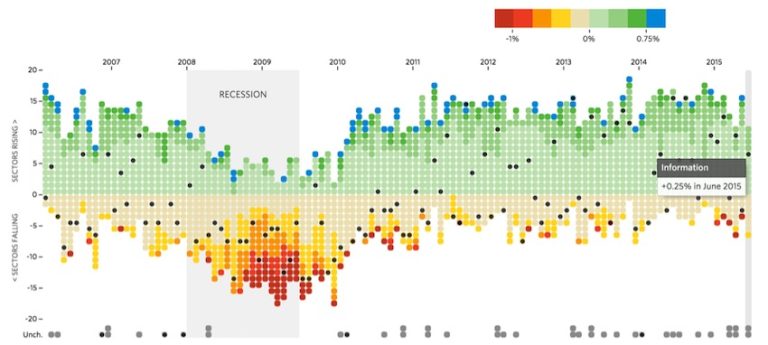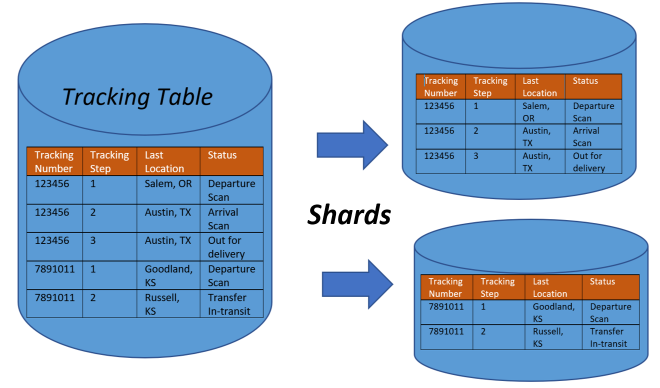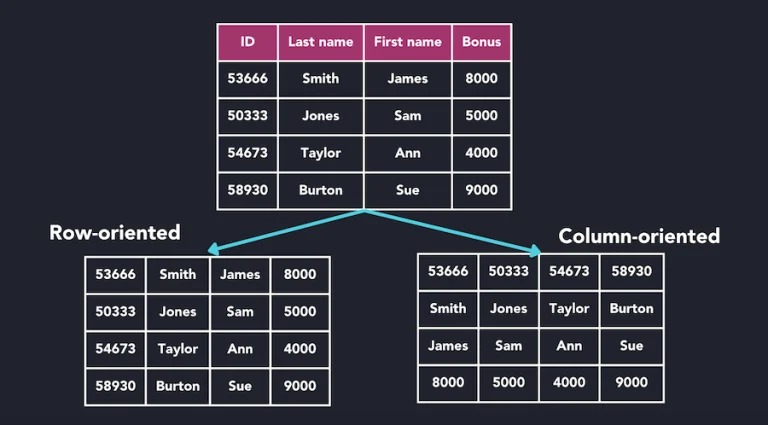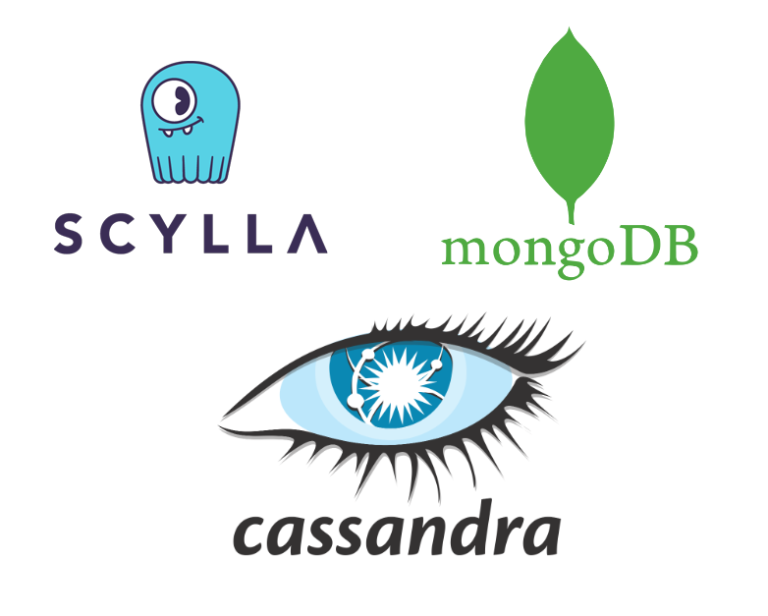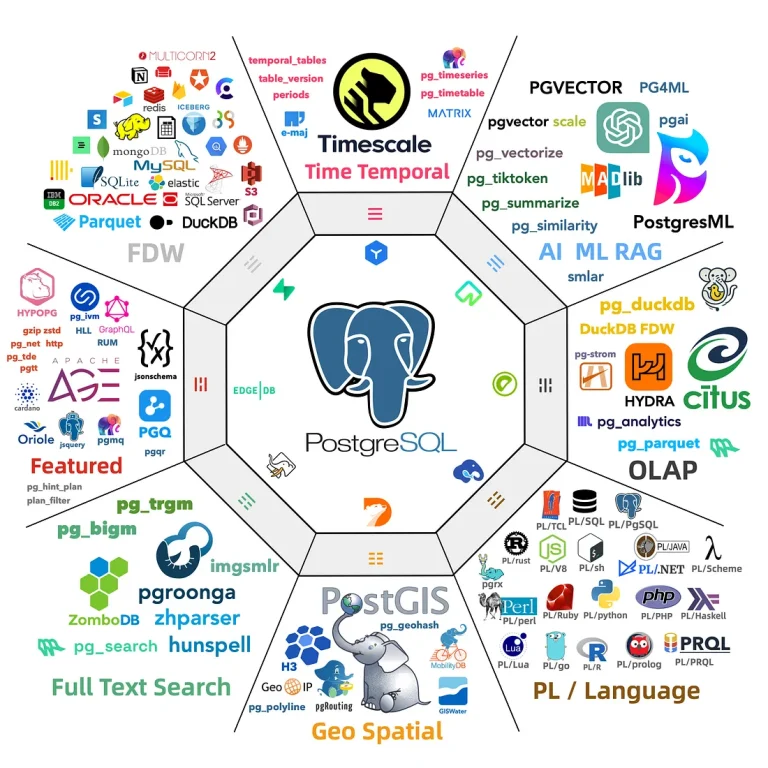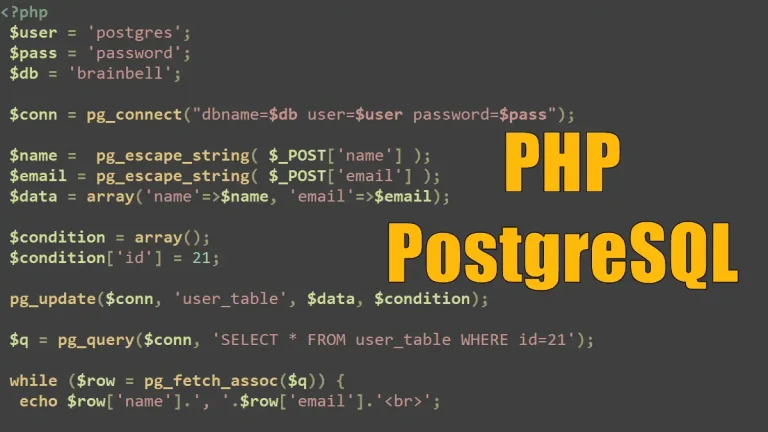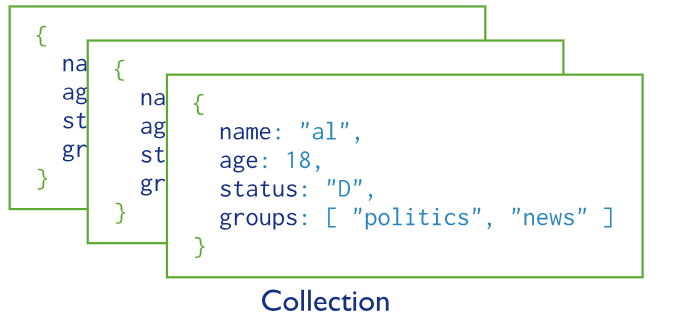There are databases that support both SQL (Structured Query Language) and NoSQL (Not Only SQL) approaches. These databases are often referred to as “NewSQL” databases. They aim to combine the benefits of traditional relational databases with the flexibility and scalability of NoSQL databases.
Some examples of databases that support both SQL and NoSQL paradigms include:
- CockroachDB: CockroachDB is a distributed SQL database that is designed to scale horizontally and survive datacenter outages. It supports both SQL and NoSQL APIs.
- YugabyteDB: YugabyteDB is an open-source, distributed SQL database that supports SQL, JSON (using the PostgreSQL wire protocol), and NoSQL (using the Cassandra Query Language).
- TiDB: TiDB is an open-source, distributed SQL database that is inspired by Google Spanner and supports horizontal scalability. It also provides a hybrid model to support NoSQL workloads.
- Azure Cosmos DB: Azure Cosmos DB is a globally distributed, multi-model database service provided by Microsoft Azure. It supports SQL, MongoDB, Cassandra, Gremlin, and Table storage APIs, offering both SQL and NoSQL capabilities.
- Google Cloud Spanner: Google Cloud Spanner is a globally distributed, horizontally scalable, and strongly consistent relational database service provided by Google Cloud. It supports SQL queries but also offers features like schemaless schema, horizontal scaling, and automatic sharding.
These databases offer the advantages of both SQL and NoSQL paradigms, making them suitable for a wide range of applications with varying requirements for consistency, scalability, and flexibility.
Both SQL and NoSQL paradigms can be beneficial:
- Flexibility: These databases allow developers to choose the most appropriate data model for their specific use case. They can use relational schemas and SQL for structured data that requires transactions and complex queries, while also leveraging NoSQL features for unstructured or semi-structured data.
- Scalability: Many of these databases are designed to scale horizontally across multiple nodes, allowing them to handle growing datasets and increasing workload demands. This scalability is essential for applications with large user bases or high throughput requirements.
- Consistency: Some databases offer strong consistency guarantees, ensuring that all replicas of data are always synchronized. This is crucial for applications where data integrity and consistency are paramount, such as financial systems or e-commerce platforms.
- High Availability: By distributing data across multiple nodes and datacenters, these databases can provide high availability and fault tolerance. They can continue to operate even in the event of hardware failures or network partitions, ensuring uninterrupted service for users.
- Multi-Model Support: Many of these databases support multiple data models, allowing developers to use the most appropriate model for each part of their application. For example, they can use relational tables for structured data, JSON documents for semi-structured data, and key-value pairs for unstructured data, all within the same database system.
- Developer Productivity: By providing familiar SQL interfaces and tools, these databases can lower the learning curve for developers who are already familiar with SQL-based relational databases. They can leverage their existing SQL skills and toolsets while also taking advantage of NoSQL features when needed.
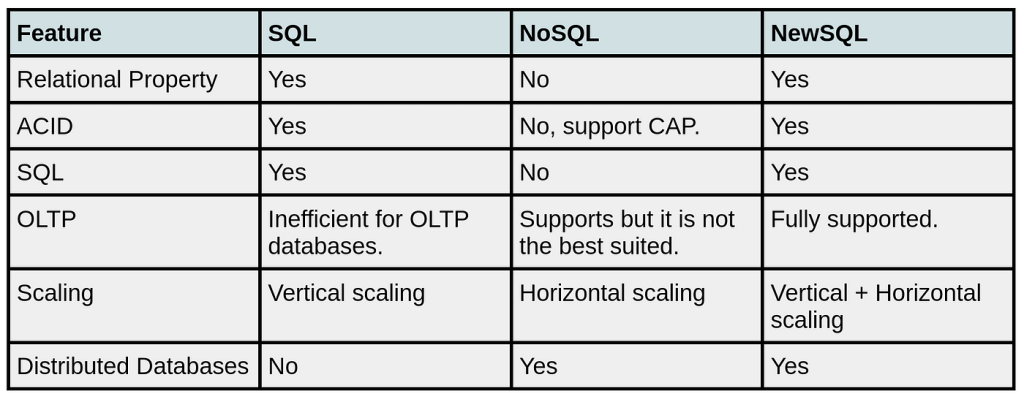
Overall, databases that support both SQL and NoSQL paradigms offer a flexible and scalable solution for modern applications that require diverse data modeling and access patterns. They combine the best of both worlds, allowing developers to build robust and efficient systems that can adapt to changing requirements and scale with their growing user base.
Comparison between SQL, NoSQL, and NewSQL databases:
SQL (Structured Query Language) Databases:
- Data Model: SQL databases use a relational data model, organizing data into tables with rows and columns. Each table has a defined schema, specifying the types and constraints of the data.
- Query Language: SQL databases use SQL (Structured Query Language) for querying and manipulating data. SQL provides a standardized language for performing operations such as SELECT, INSERT, UPDATE, and DELETE.
- ACID Transactions: SQL databases typically support ACID (Atomicity, Consistency, Isolation, Durability) transactions, ensuring that database transactions are processed reliably and consistently.
- Scalability: Traditional SQL databases often scale vertically by adding more resources to a single server. While some SQL databases support clustering and replication for limited scalability, they may face challenges scaling horizontally across multiple nodes.
- Examples: MySQL, PostgreSQL, Oracle Database, Microsoft SQL Server.
NoSQL (Not Only SQL) Databases:
- Data Model: NoSQL databases use various non-relational data models, such as key-value stores, document stores, column-family stores, and graph databases. They are schema-less or have flexible schemas, allowing for more agile development and storage of unstructured or semi-structured data.
- Query Language: NoSQL databases often provide their query languages tailored to the specific data model. Some may support SQL-like query languages, while others offer APIs for data manipulation and retrieval.
- Consistency Models: NoSQL databases offer various consistency models, ranging from strong consistency to eventual consistency. They often prioritize availability and partition tolerance over strong consistency, making them suitable for distributed and highly available systems.
- Scalability: NoSQL databases are designed to scale horizontally across commodity hardware, making them suitable for handling large volumes of data and high throughput. They can distribute data across multiple nodes and replicate it for fault tolerance and performance.
- Examples: MongoDB (document store), Cassandra (column-family store), Redis (key-value store), Neo4j (graph database).
NewSQL Databases:
- Data Model: NewSQL databases aim to combine the benefits of traditional SQL databases (relational model, ACID transactions) with the scalability and flexibility of NoSQL databases. They often support SQL as well as additional data models or APIs.
- Query Language: NewSQL databases typically support SQL as the primary query language, allowing developers to leverage their existing SQL skills and tools.
- Scalability: NewSQL databases are designed to scale horizontally like NoSQL databases, allowing them to handle growing datasets and increasing workload demands. They often provide distributed architectures with automatic sharding and replication.
- Consistency Models: NewSQL databases may offer various consistency models, including strong consistency, eventual consistency, or tunable consistency levels depending on the specific requirements of the application.
- Examples: CockroachDB, YugabyteDB, TiDB, Google Cloud Spanner, Azure Cosmos DB.
In summary, SQL databases are characterized by their relational data model and ACID transactions, NoSQL databases offer flexible data models and horizontal scalability, and NewSQL databases aim to combine the strengths of both approaches, providing SQL compatibility, scalability, and flexibility for modern applications. Choosing the right database depends on factors such as data model requirements, scalability needs, consistency guarantees, and developer familiarity with query languages and tools.
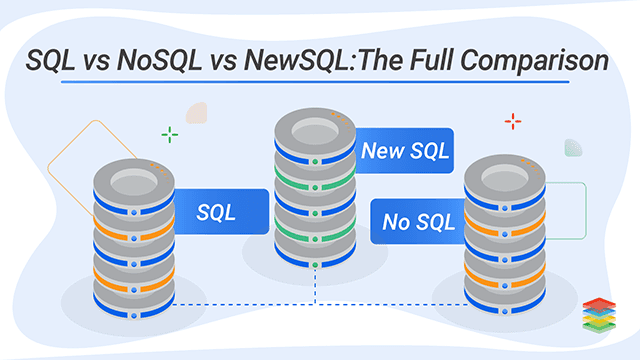
Exploring the Evolution of Databases: SQL, NoSQL, and NewSQL
In the realm of modern data management, the landscape of databases has undergone a remarkable evolution. From the traditional SQL (Structured Query Language) databases to the emergence of NoSQL (Not Only SQL) solutions, and the subsequent rise of NewSQL databases, developers now have a diverse array of options to choose from based on their specific requirements. In this article, we’ll delve into the characteristics, strengths, and use cases of each type of database, highlighting how they support different data models and address varying scalability needs.
SQL Databases: The Foundation of Relational Data Management
SQL databases have long been the cornerstone of relational data management. They organize data into tables with rows and columns, enforcing a predefined schema that governs the structure and relationships between different entities. SQL, the standardized query language for relational databases, enables developers to perform a wide range of operations such as data retrieval, insertion, updating, and deletion.
Key characteristics of SQL databases include ACID (Atomicity, Consistency, Isolation, Durability) transactions, which ensure data integrity and reliability, and strong support for relational data modeling. Examples of popular SQL databases include MySQL, PostgreSQL, Oracle Database, and Microsoft SQL Server. These databases are well-suited for applications with structured data requirements, such as financial systems, e-commerce platforms, and enterprise applications.
NoSQL Databases: Flexibility and Scalability for Modern Workloads
In response to the limitations of traditional SQL databases in handling unstructured or semi-structured data and scaling horizontally across distributed environments, NoSQL databases emerged as a viable alternative. NoSQL databases eschew the rigid schemas of SQL databases in favor of flexible data models, including key-value stores, document stores, column-family stores, and graph databases.
NoSQL databases prioritize scalability and flexibility, allowing developers to store and process large volumes of diverse data types with high throughput and low latency. They often employ eventual consistency models, prioritizing availability and partition tolerance over strong consistency guarantees. Examples of popular NoSQL databases include MongoDB, Cassandra, Redis, and Neo4j. These databases are well-suited for applications with dynamic schemas, real-time analytics, and distributed architectures, such as social media platforms, IoT (Internet of Things) systems, and content management systems.
NewSQL Databases: Bridging the Gap Between SQL and NoSQL
As organizations sought to harness the benefits of both SQL and NoSQL databases, a new category of databases known as NewSQL emerged. NewSQL databases aim to combine the relational capabilities of SQL databases with the scalability and flexibility of NoSQL solutions. They provide distributed architectures that support horizontal scaling across multiple nodes while offering SQL compatibility and ACID transactions.
NewSQL databases come in various forms, including distributed SQL databases like CockroachDB, YugabyteDB, and TiDB, as well as globally distributed databases like Google Cloud Spanner and Azure Cosmos DB. These databases are well-suited for applications that require the familiarity of SQL, the scalability of NoSQL, and strong consistency guarantees across distributed environments. Use cases for NewSQL databases include global transactional systems, real-time analytics platforms, and multi-model databases that handle diverse data types.
Conclusion: Choosing the Right Database for Your Needs
In today’s data-driven world, the choice of database plays a critical role in determining the scalability, performance, and flexibility of applications. SQL databases provide a solid foundation for relational data management, while NoSQL databases offer flexibility and scalability for diverse data types and distributed architectures. NewSQL databases bridge the gap between SQL and NoSQL, offering the best of both worlds with SQL compatibility, scalability, and strong consistency.
Ultimately, the choice of database depends on factors such as data model requirements, scalability needs, consistency guarantees, and developer familiarity with query languages and tools. By understanding the characteristics and strengths of SQL, NoSQL, and NewSQL databases, developers can make informed decisions to meet the evolving demands of modern applications and unlock new opportunities for innovation in data management.
Reference
https://ganganichamika.medium.com/sql-vs-nosql-vs-newsql-c0d7cfe98f62

